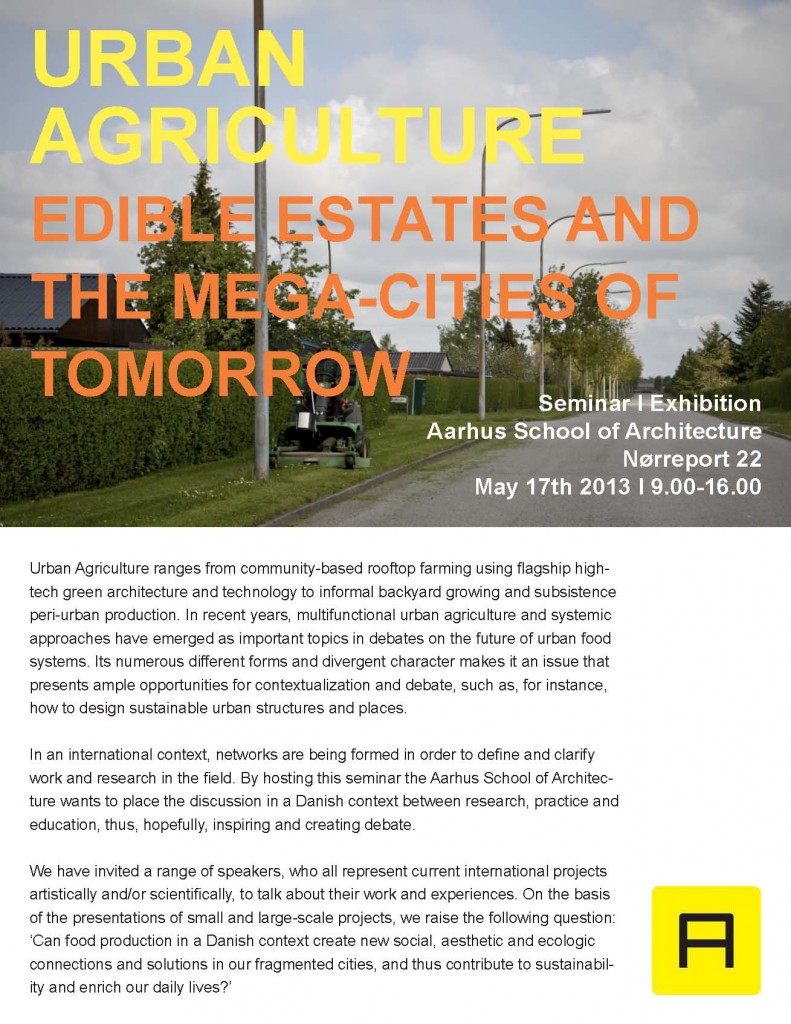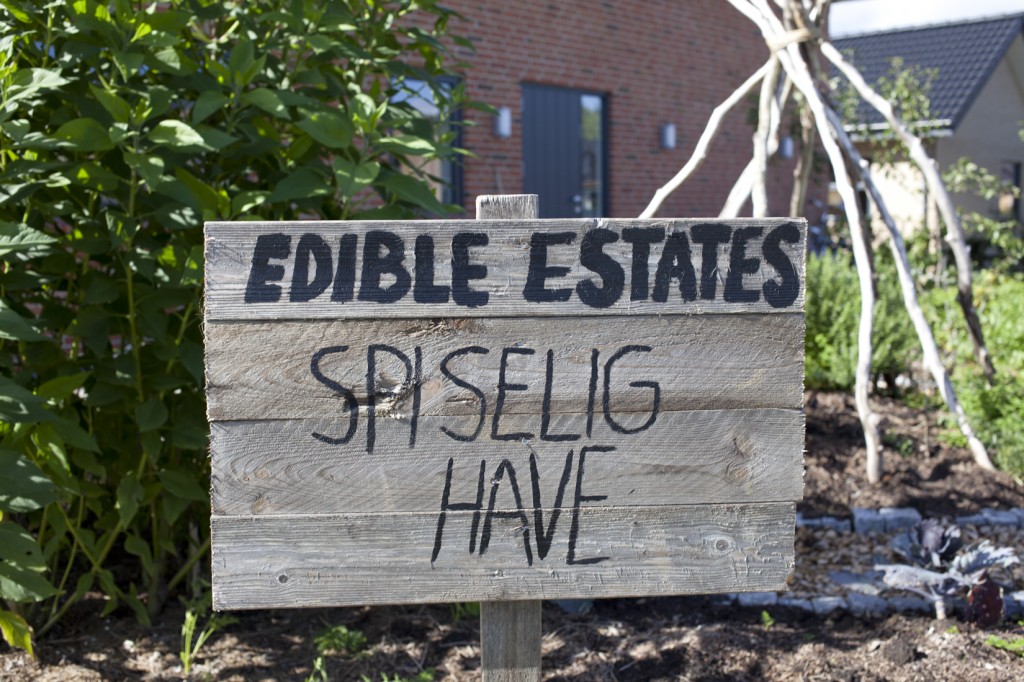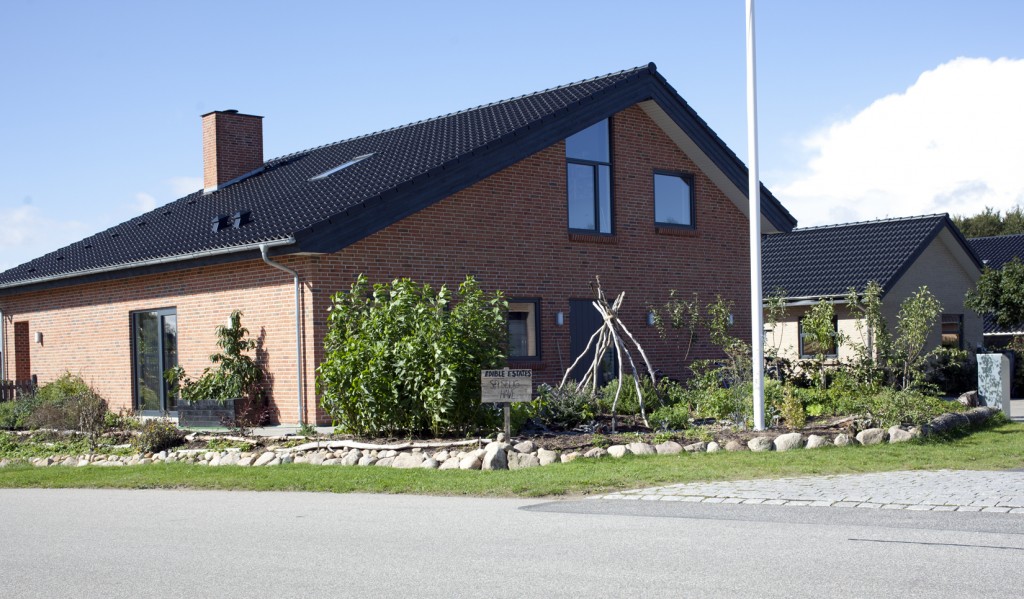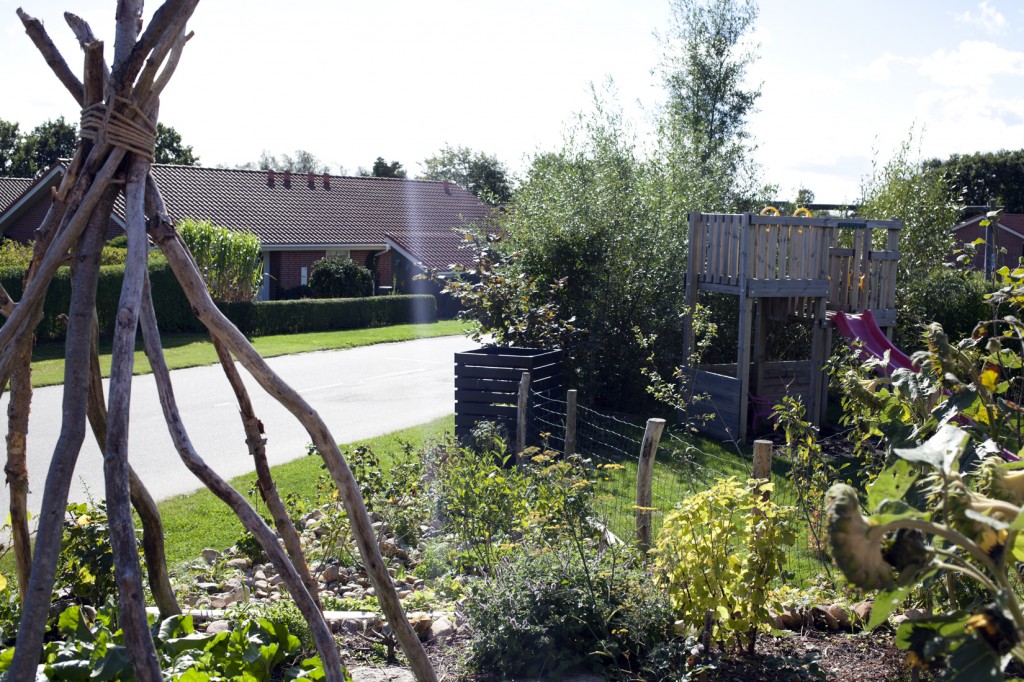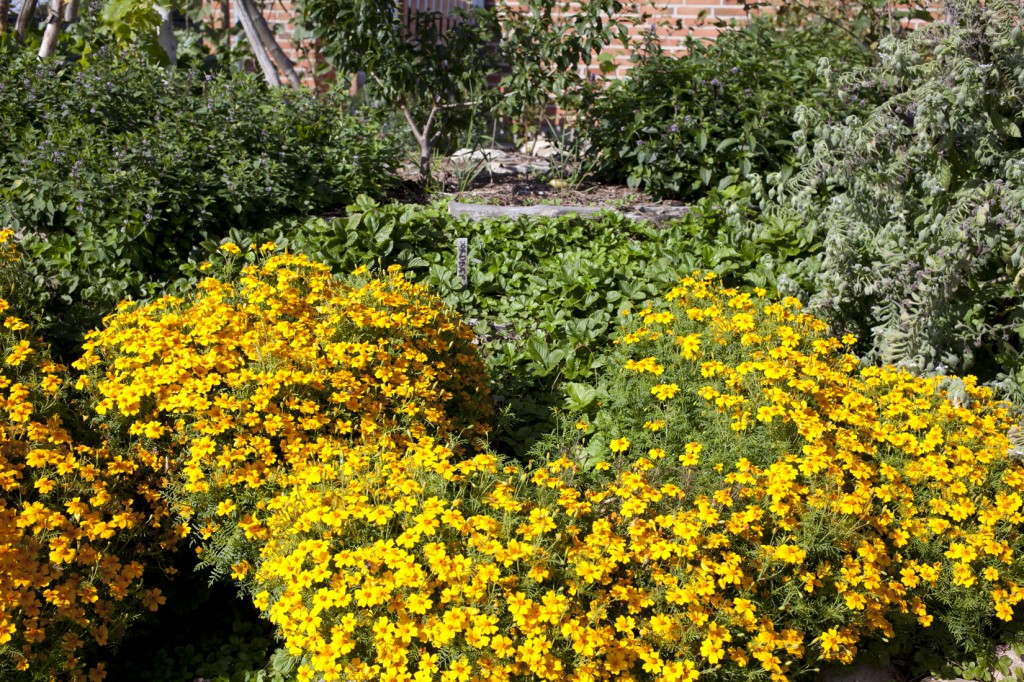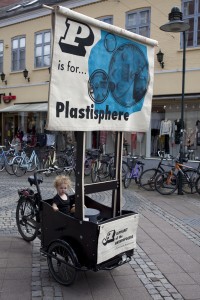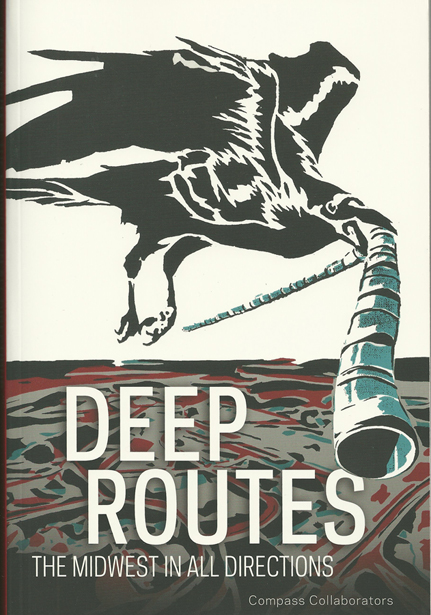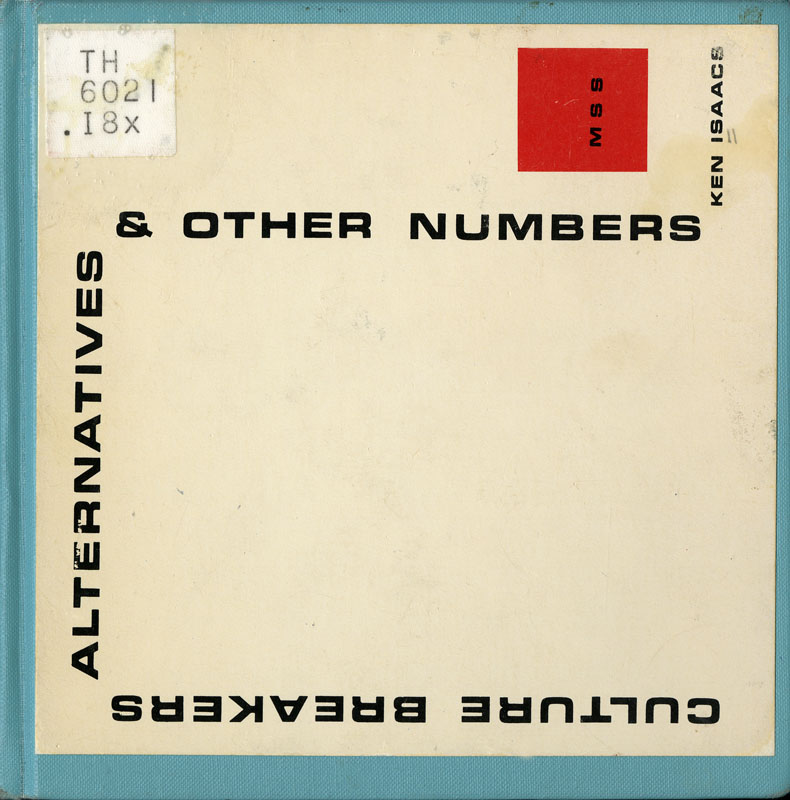Edible Estates Denmark
On Monday, I visited the artist and landscape architect, Marie Markman in Aarhus where she is currently studying for her Phd at the Aarhus School of Architecture. Markman has been working with art in public space since 2000. Her work often deals with plants and urban gardens but is ultimately concerned with how we interact with and can shape our cities. Her most recent work, Et spiseligt landskab saw her, along with a group of students, creating an edible garden in the median of a busy Aarhus street. The project sparked discussions about how we connect with the food we eat–where it comes from and where it should be grown–as well as how public spaces should and could be used.
While working on Et spiseligt landskab, Markman also organized the seminar and exhibition Urban Agriculture: Edible Landscapes and the Mega Cities of Tomorrow. With this project, Markman hoped to spark a discussion within the Danish context about landscape use and how it might be improved. Citing a lack of diversity in wild life and plant life in local landscapes, due to current agricultural practices as well as individual gardening habits, Markman wanted to encourage discussion on local landscapes with both theoretical and practical examples. As part of the seminar, she invited Fritz Haeg to be both the keynote speaker and to organize the 14th installament of the American artist’s Edible Estates project–a theoretical and practical exercise.
Haeg has been making Edible Estates since 2005, when he planted the first garden on a suburban front lawn in Salina, Kansas. Gardens have now been set up around the world in cities from Budapest, Hungary to Los Angeles, California. According to the project description, Haeg intends the now 16 edible front lawns to serve as an inspiration to others to consider how they might grow food in the unused land between their homes and the street. The project, like Markman’s work, seeks to shift perceptions about how we should be using the landscapes we inhabit towards new possibilities.
The Aarhus garden is located at the home of Dorte and Carsten Pedersen just outside of the city in the suburb of Hammel. Their single family home sits on the corner of a quiet street with a lawn that wraps around the house. Markman worked with the Pedersens, Haeg, and a group of around 60 students to install the lawn at the beginning of the 2013 growing season. Documentation of the process and the entire growing season has been collected and will be edited together to complete the project at the end of this year’s growing season–sometime in the next few months.
The Pedersens were open to the process of having the garden, and their home fit Haeg’s requirements for an ideal Edible Estate site. Their yard, a corner lot visible to traffic, got good sun, and the resulting garden would be a visual disruption in a neighborhood filled with standard green front lawns. The Pedersen’s were avid gardeners, available to maintain the garden for the duration of the project. All of these things–location + interest–were requirements developed by Haeg over the years of making the Edible Estates project.
One interesting feature of the Danish suburban landscape that might be different from other Edible Estate sites–the box hedge as fence. A nice example can be seen in the neighboring home in the background of the above image. The deep green box hedge is a typical visual feature for suburban Danish lawns. It functions as a privacy fence around the edge of a property, adding a sense of order and, perhaps security to the suburban landscape. Markman told me that in some neighborhoods these hedges are even a requirement with height and shape stipulated by a community board. Visiting the Pedersen’s neighborhood, one can see examples of homes with the stiff green hedges but they are not governed by any local requirements, so the Pedersens were free to do what they liked with their property. However, the Edible Estate garden, with its riotous color, diverse planting scheme with fruits and vegetables mixed together in a free flowing arrangement and a compost bin right at the front of the property can be considered a big challenge to the typically conservative Danish suburban front lawn, even without the green hedge requirement! The Pedersens approached the challenge with excitement.
Markman has enjoyed working on the project with Haeg, the Pedersen family, and the students. She is now wrapping up the Edible Estate project and will begin writing her Phd thesis. Her intention in initiating the Aarhus site of Edible Estates was to encourage critical discussions about landscape use, biodiversity, and the possibilities in rethinking landscape design here in Denmark. As she moves foward with her work and research, Markman is caustiously optimistic about the results of her efforts.
Additionally, the Aarhus version of the Edible Estate will appear in a book by Fritz Haeg documenting and wrapping up the the series sometime next year.
I will also be publishing a book next year dealing with artists and artists groups in the Nordic countries working with ecological themes in their art practices that will include a longer interview with Markman about her practice. Stay tuned!
Radio Aktiv Sonic Deep Map (2013)
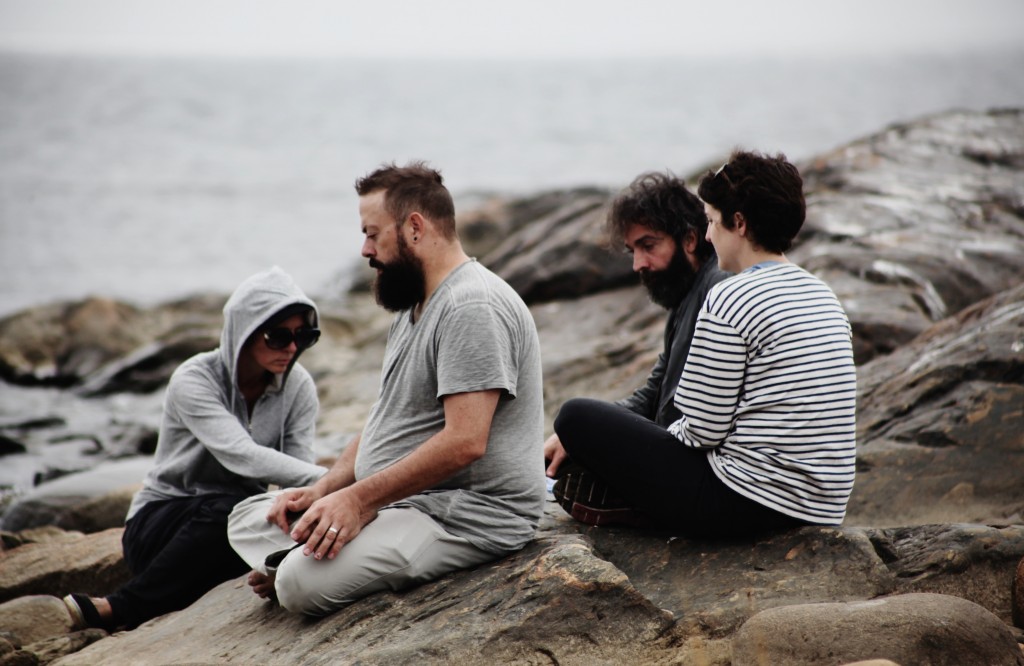
SUPERKILEN – Extreme Neoliberalism Copenhagen Style
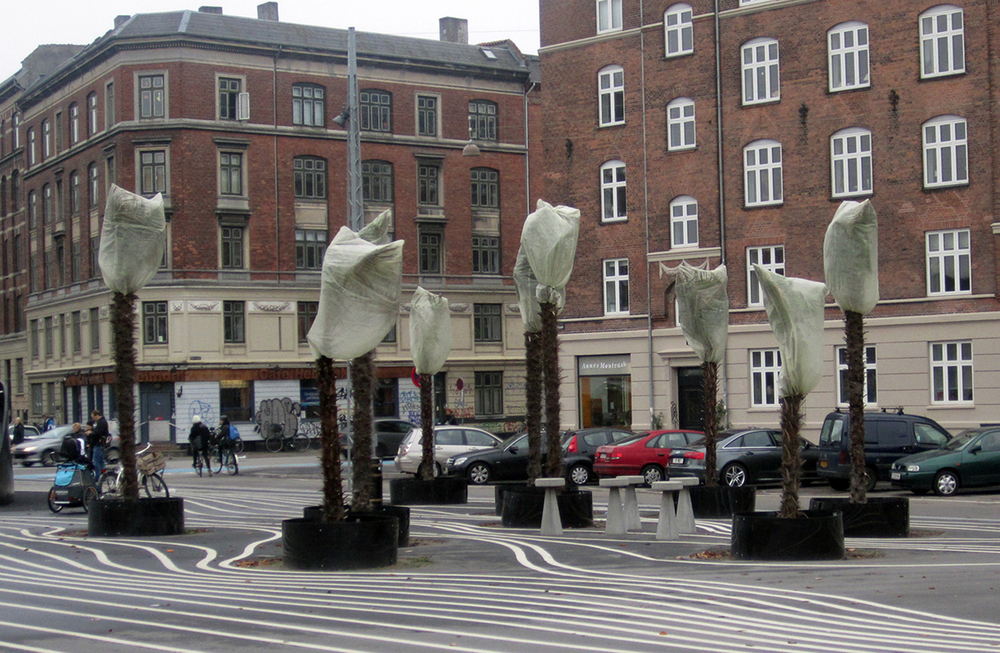
Read Brett's essay about the park.
Download our guide:
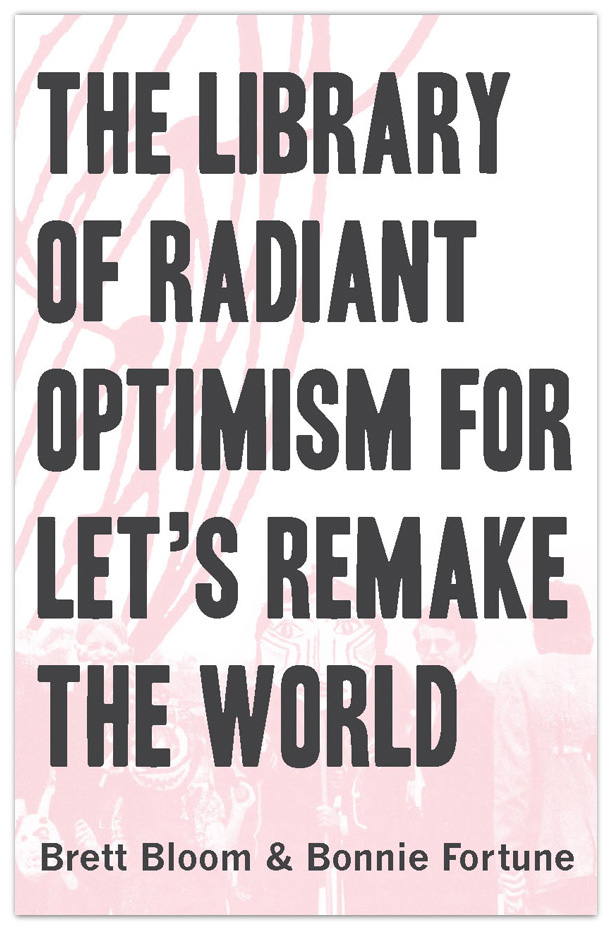
This is our guide to how-to books from the counterculture of the 60s and 70s. Click to get the download page.
Categories
- Agriculture (11)
- Animal sounds (1)
- Artist parents (19)
- Arts and culture (106)
- Bees (3)
- Book reviews (14)
- Books (18)
- Critical essays (5)
- Daily Photo (5)
- Design (36)
- Dirt (11)
- Environmental activism (43)
- Exhibitions (24)
- Farms (11)
- Forest (7)
- Friday connect (15)
- Growing (42)
- Habitat (38)
- Homesteading (16)
- Interviews (15)
- Kitchen (14)
- Living structure (9)
- MISC (15)
- Mythological (2)
- Neighborhood (83)
- Ocean News (1)
- Our Art Work (21)
- Personal – Design/Art (3)
- Play (2)
- Playground (4)
- Projects (21)
- Public space (53)
- Resilience (13)
- Sea Side (2)
- Sojabønner (2)
- Tofu (8)
- Vermont correspondence (7)
- Water (3)
- Wednesday picture (31)
- Workshop (1)
Video interview:

Watch our interview of SeedBroadcast, a mobile project that is part seed library and part seed-saving-story-collecting machine-recording the stories of seed saving, farming, and food sovereignty work being done around the US.
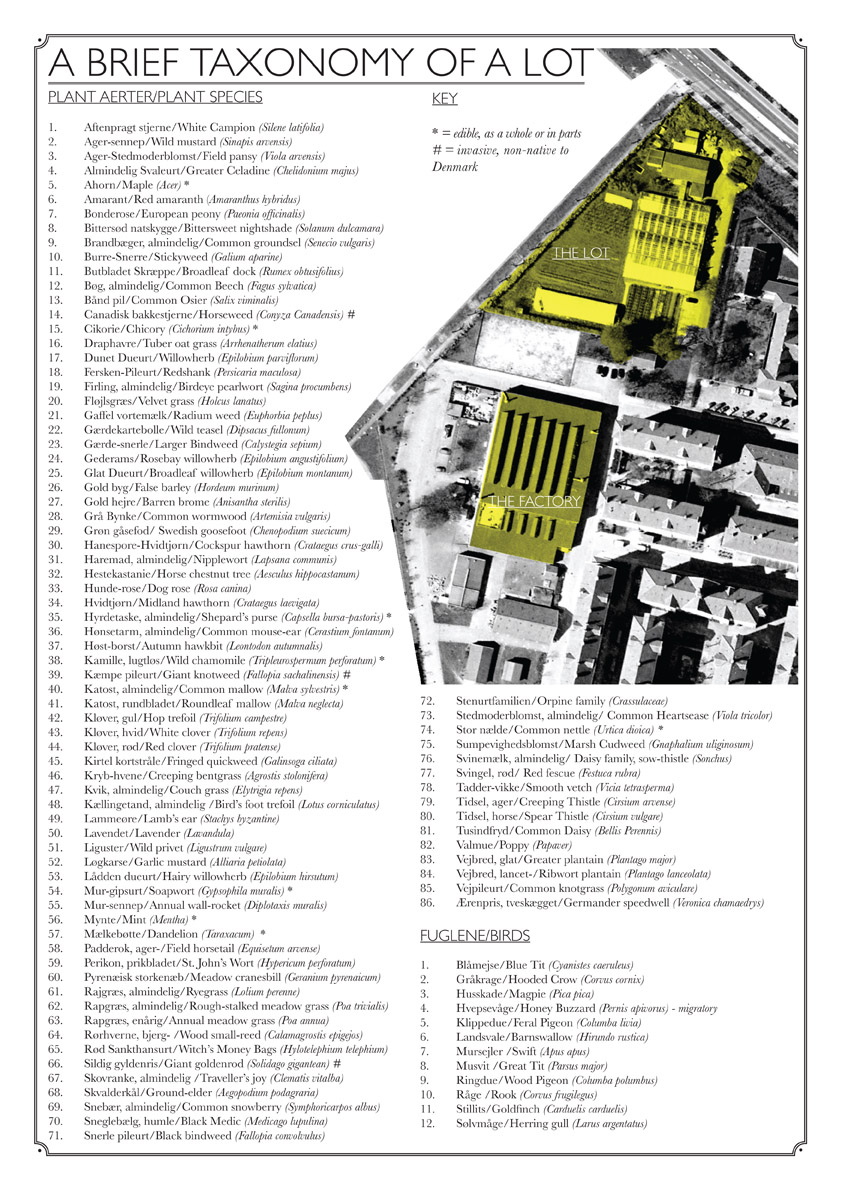
Download a poster Bonnie made about biodiversity in a vacant lot in the Amager borough of Copenhagen, in collaboration with biologist, Inger Kærgaard, ornithologist, Jørn Lennart Larsen and botanist, Camilla Sønderberg Brok: A BRIEF TAXONOMY OF A LOT

We made and installed a network of bat houses in Urbana, Illinois, to support the local and regional bat population, but also to begin a conversation about re-making the built environment.
READ MORE
BOOK REVIEW:
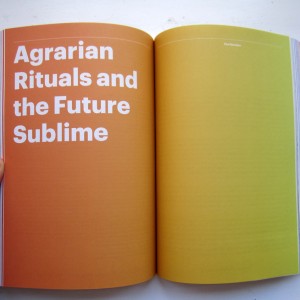
We write often about artists and art groups that work with putting ‘culture’ back in agriculture. Here is a new favorite: myvillages, a group of three women based in Germany, the Netherlands, and the UK. Read more...
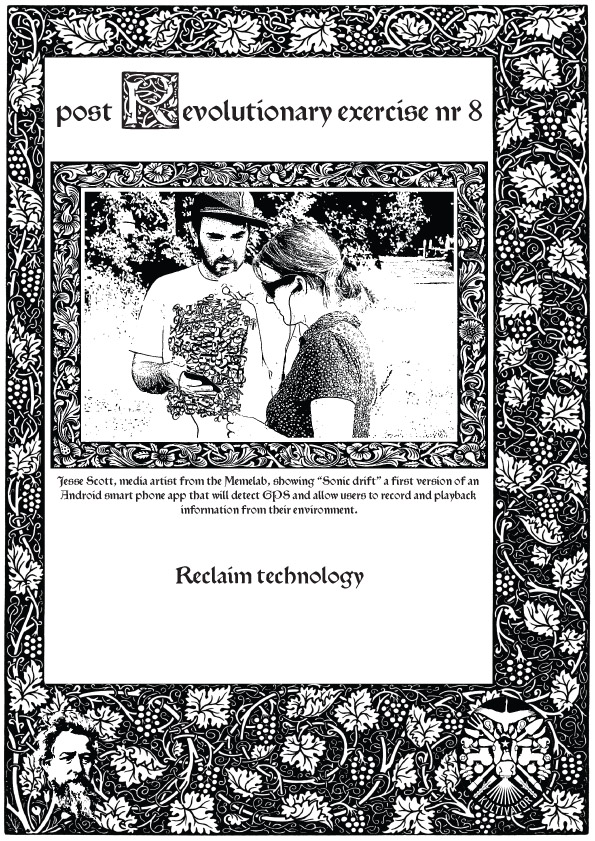
Post Revolutionary Exercises
We really admire the dedicated hard work of Kultivator who seeks to fuse agriculture and art in their work. Click this sentence to get a PDF of their poster collection called "Post Revolutionary Exercises."
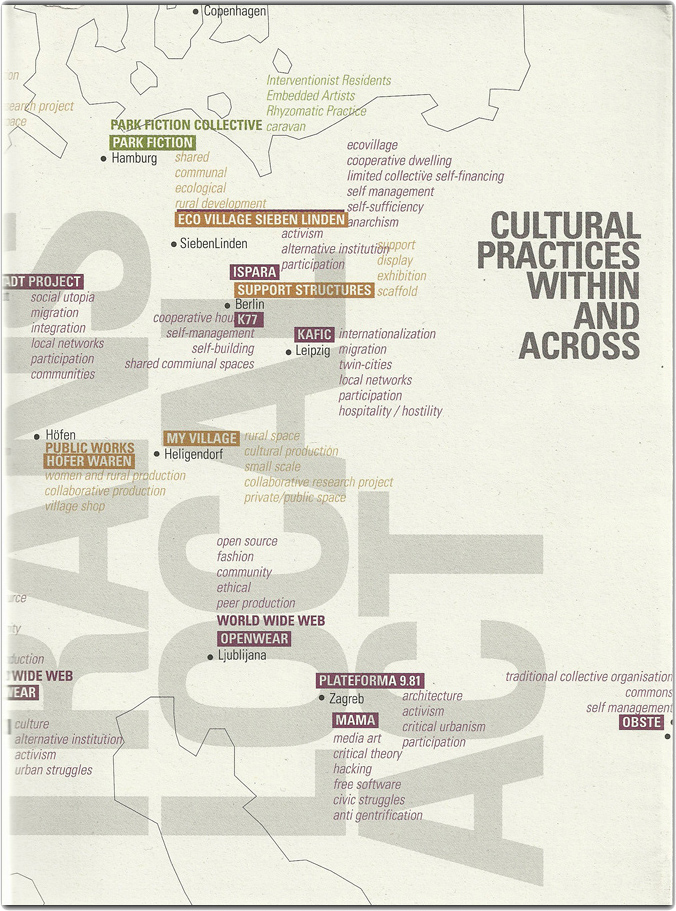
Cultural Practices Within And Across
This amazing book networks urban and rural resilience and sustainability projects around the world. Deeply inspiring projects in Romania, Paris, San Francisco, and elsewhere.
• Read our review of the book.
• Buy the book.
• Download the book.

